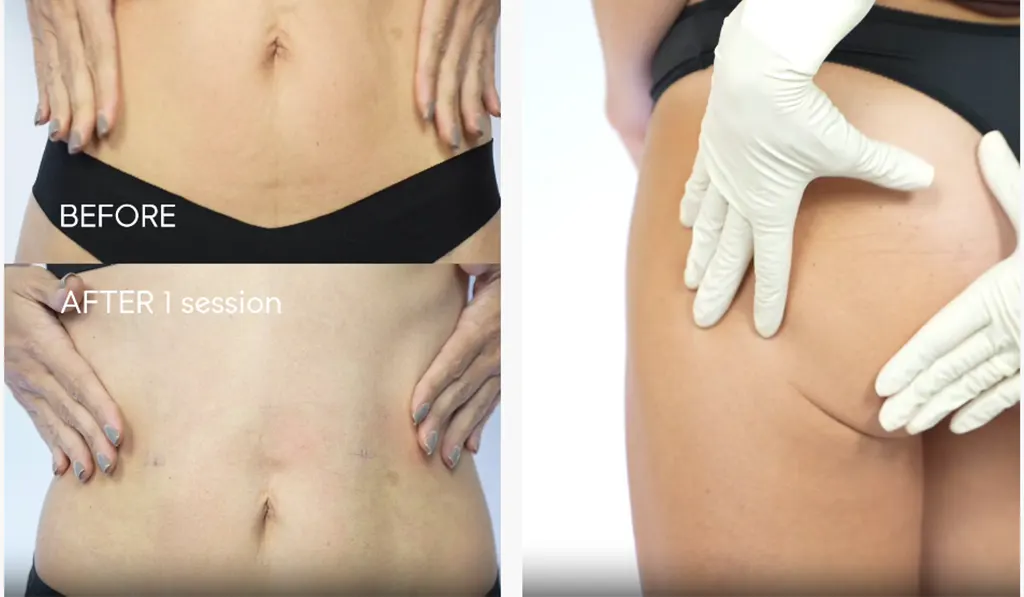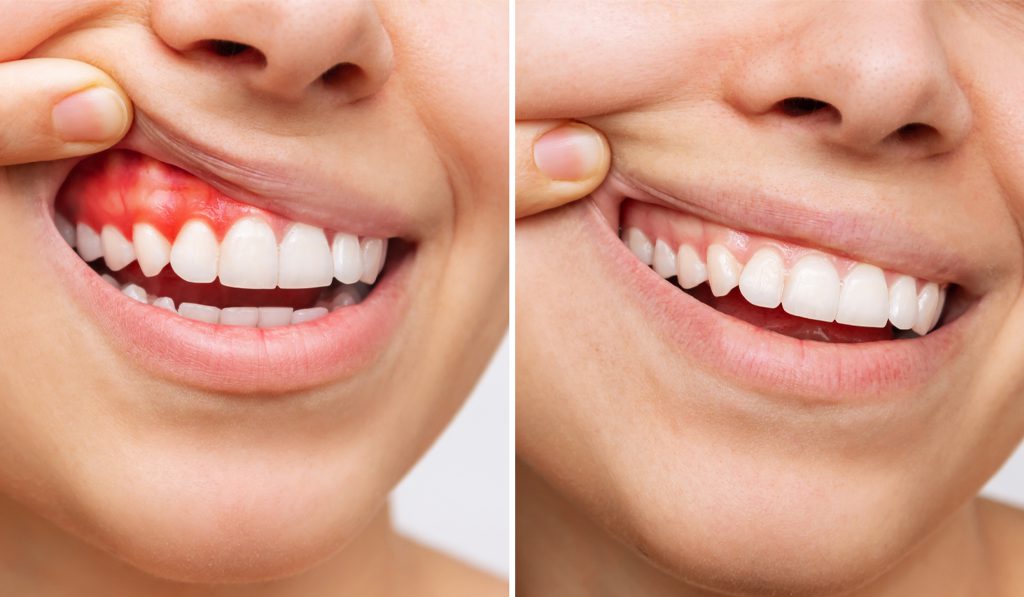Heart Disease in Adolescents
Every day around the world, several adult patients with heart diseases and heart conditions get reported extensively. However, children and adolescents are also affected by these heart diseases, and that too in huge numbers. All around the world, about three to six million adolescents reportedly suffer from chronic rheumatic heart disease. Moreover, almost 4000 adolescents get affected by Kawasaki disease, which is the most significant trigger for heart diseases in adolescents and children. Parents of these patients and children should look for things and signs that can help detect heart issues. This might, in the future, bring better results for their children.
Types of Heart Diseases in Adolescents
Rheumatic heart disease
This heart disease is a critical complication of rheumatic fever and is a disease caused by bacteria because of strep throat. Children can fight this infection with the help of their antibodies produced by their immune systems. However, a few cases are when the antibodies are responsible for damaging heart valves, which results in rheumatic heart disease. These heart disease symptoms are swelling and joint pain, rashes over arms, small bumps on knees, wrist, elbows, and quick limb movements. However, fortunately, there are various pioneer doctors to treat this rheumatic heart disease in Dubai.
Atherosclerosis
Atherosclerosis is a disease that makes the arteries stiff and narrow because of the increase in cholesterol and fat in the arteries. This creates a high risk of heart stroke and also cardiac arrest. Adolescents have chances of being diagnosed with atherosclerosis.
The muscular tubes are the arteries that transfer blood rich in oxygen from the heart to the tissues all over the body. The narrowed tubes are not capable enough to transfer blood all over the body, and therefore, significantly less blood gets into the tissues. Due to atherosclerosis, adolescents have a risk for strokes, high cholesterol, and sudden cardiac arrest. This disease doesn’t appear before the adolescent age. However, in most adolescents, there are mild changes in the arteries and gradually reduces by maintaining a healthy life cycle.
Arrhythmia
Arrhythmia is a heart disorder that causes the heart to beat irregularly. This means an individual’s heart can beat either too slowly or too fast and early, mostly in an irregular pattern. This disease occurs when the electrical impulses that regulate heartbeats do not work correctly. Arrhythmias can make individuals feel like their heart is racing or fluttering. However, arrhythmia disorders are mostly harmless. If the heartbeat is extremely irregular, then arrhythmia has chances to show fatal and severe complications and symptoms. There are different types of arrhythmia, such as –
- Bradycardia also called slow heartbeat
- Tachycardia, also known as fast heartbeat
- Irregular heartbeat also called fibrillation
- Early heartbeat, also known as premature contraction
Heart murmurs
Heart murmurs are sounds that occur when blood is flowing. For instance, it can pass through an abnormal heart valve. The condition also might occur when the heart beats quicker, and the heart forcibly carries more blood faster than usual. This problem is most typical and usually doesn’t need treatment. However, heart murmurs can also be associated with an overworked or damaged heart valve. Few people have valve problems from their birth, and most of them get it after adolescence.
Pericarditis
When the membrane or the thin sac around the pericardium gets inflamed, it is when Pericarditis occurs. The membrane of the heart becomes swollen and gets red. The heart is not able to pump blood generally as the fluid increases between the two layers. Pericarditis may occur suddenly and can last for a few months. This disease can end within three months. However, attacks may walk in and out for many years.

Risk Factors of Heart Diseases
Risk factors in adolescents have a chance to be controlled early, thus reducing heart problems in the future. A few risk factors can be treated; however, some can’t be treated easily at home. There are also a few risk factors that are hereditary or cause of some other disease. Controlling risk factors from childhood can help to decrease the chances of heart disease occurring. Most of the common risk factors are physical inactivity, high blood pressure, obesity, smoking, and high cholesterol.
Physical inactivity
Physical inactivity is one of the most significant risk factors for health-related conditions. Individuals that do not exercise regularly can have high chances of heart disease. The fact is not unknown that regular exercises keep every heart-healthy. Regular exercises will improve cardiovascular health and help control weight, prevent diabetes, strengthen the bones, and boost self-confidence and self-esteem.
High blood pressure
High blood pressure is another serious risk factor, and one shouldn’t ignore it. Parents often ignore the blood pressure levels of their children because it does not show any symptoms. The parents need to ensure that every adolescent checks their blood pressure levels after 2-3 months. Hypertension in adolescents can be closely associated with hereditary factors. However, sometimes high blood pressure can also be a result of some other illnesses.
A person can control high blood pressure by changing the lifestyle habits of adolescents. Maintaining a healthy weight can reduce the chances of high blood pressure. Moreover, regular physical activity, a balanced diet, less salt consumption, and enough water are also helpful to maintain blood pressure.
High cholesterol
Another most significant risk factor is high cholesterol. Cholesterol is mostly hereditary, which is also called familial hypercholesterolemia. It is essential to consume food that is low in fat and oil to prevent high cholesterol. Consuming whole grain foods, green vegetables, and fresh fruits are helpful to reduce cholesterol.
Obesity
Another reason for heart disease is obesity. Obesity occurs when there is too much fat in the body. It causes when an adolescent is consuming more calories than he is burning by doing exercises. One can treat it by consuming food in fewer portions with fewer calories and doing regular exercises.
Diagnosis of Heart Diseases
The tests required regarding heart diseases rely upon the conditions that the doctors think the patient can have. It doesn’t matter which kind of heart disease a patient has, but doctors will ask questions about medical history before performing any tests. Apart from heart X-ray and blood tests, the tests that are required to diagnose heart conditions are –
Electrocardiogram (ECG)
ECG is performed to record the electrical signals to recognize irregular heartbeats in the heart’s structure and rhythm. Patients can do ECG when they are exercising or when at rest (stress electrocardiogram)
Stress test
This test aims to increase the patient’s heart rate with medicine or exercises and perform tests at the same time and imaging to check the strength of the heart and how it responds.
Holter monitoring
This is a portable device that a patient must wear to detect a continuous ECG, mostly for 24 to 72 hours. It helps to record irregular heart rhythms that don’t usually appear in a regular ECG test.
Echocardiogram
An echocardiogram is a non-invasive test that involves a chest ultrasound of the patient. It also displays detailed images of the structure and functions of the heart.
Cardiac magnetic resonance imaging (MRI)
In this test, the patient needs to lie down on a flat area and go through a long machine that uses a strong magnetic field and radio waves. It then captures detailed images of the heart.
Cardiac computed tomography (CT)
In a CT scan, the patient needs to lie down on a flat area and go into a doughnut shaped machine. It is used to capture multiple x-ray images from various body angles by rotating the x-ray tube all around the body. It provides much detailed information than X-rays.
Treatment for Heart Diseases
Treatments of heart diseases vary depending upon their condition. For example, if a patient is affected by a heart infection, the doctor will prescribe antibiotics. Usually, heart disease treatments include –
- Change in lifestyle habits –Proper lifestyle habits are necessary for better heart health. Consuming a low-sodium and low-fat, balanced diet, drinking enough water, consuming fewer calories, a minimum of 20 minutes of regular exercise, and breathing exercises are essential steps to follow to keep the heart-healthy. It is also important to quit smoking strictly and limit alcohol consumption.
- Medications – If changes in lifestyle habits don’t work enough, doctors will prescribe medications. Medications always depend upon the heart condition and disease.
- Medical surgery – If medications also fail, then the patient would require surgery. Surgery, too, depends upon the type of heart disease or damage.
It is terrifying for parents to see their child having heart problems. However, the advancements in technology, modern medicine, and pioneer doctors have made it easier to receive pediatric heart disease results. Moreover, heart-related conditions vary from person to person and their lifestyle habits. However, every adolescent needs to follow a healthy lifestyle and the above guidelines to maintain a healthy heart.

















